Is Natural Always Good?
I am in the sustainable clothing business. And over the past couple of years, a number of customers have approached me with this question: “Do you have products that are dyed with natural dyes?”
My initial response would invariably be something like this: “May I know why you’re looking for such products?”
And the customer replies would essentially be this: “Why, natural is good!”
I would then follow up with another question: “What do you mean by ‘good’?”
Interestingly, most of our customers’ answers can be classified into two groups: “Good means safe” and “Good means healthy.” These definitions of goodness are perfectly acceptable. But the twin implications—that “natural is safe” and “natural is healthy”—are difficult to accept.
The truth is, natural isn’t always good. As a matter of fact, what is natural can be toxic. The indigenous people in our part of the world appreciate this fact and have taken advantage of it—they coat their arrows and darts with plant-based poisons to hunt.
Table of Contents
If natural can be toxic, can we then avoid dyes altogether?
Absolutely. Undyed organic clothing is quite possibly the safest option for consumers. But it’s boring. That’s because our colour options are very limited.
So, practically speaking, we cannot avoid dyes. Dyes add colour to our lives. And colours make our lives so much more fun and exciting. We are then faced with this question, natural dyes or synthetic ones?
Most natural dyes are derived from plants. And plants do contain poisons. The botanist Dr. Wee Yeow Chin estimates that “about a third of the world’s known plant species produce poisonous substances in varying degrees of toxicity.” One third—that’s a lot of plants. It makes one wonder whether there are natural dyes that are toxic.
Not surprisingly, the answer is “yes.” Dr. Paula Burch, a biologist and dyeing expert, has expounded extensively on the subject.
She writes: “The claim that natural dyes are inherently safer than synthetic dyes is the result of ignorance about the actual risks. Some natural dyes are very safe, and some synthetic dyes are dangerous, but there are also natural dyes that are poisonous, even for those working only with the dyed fibre, and there are some synthetic dyes that are safe enough even to eat.”
Predictably, natural dye adherents disagree with Dr. Burch’s statements. Cheryl Kolander, a noted and highly experienced master natural dyer, has gone to the extent to say that “all synthetic dyes are…toxins, poisons and carcinogens.”
Suffice it to say, the dispute between the two camps can be rancorous at times. But the fact of the matter is this: Both sides can argue till the cows come home, but the issue will remain unresolved. This is because this issue can’t be resolved through words. So how can the clothing consumer know for sure what is safe?
I think we can all agree that claims must be tested. If a claim can pass the right test, it must then be considered valid. If it fails, it must be false and rejected.
The question is, is there a safety test for clothing?
Fortunately for us consumers, there is. It’s a battery of tests, to be exact. And these tests are within the purview of the International Oeko-Tex Association in Switzerland.
The Association is the developer of the Oeko-Tex Standard 100. This standard is all about safe-to-wear clothing. It is one of the world’s highest standards for human ecological safety. Which means that Oeko-Tex Standard 100-certified clothing is one of the safest on this planet.
Here’s how the whole thing works. The Standard provides the textile and clothing industry with a long list of chemicals—these include regulated substances as well as unregulated substances that are believed to be harmful to health. (An example of the latter: Pesticides. Many have been linked to severe and adverse health effects in humans but they remain largely unregulated.) Companies in the industry who want to get certified must make certain that their products do not contain any of the listed substances at a concentration level that poses a health risk to humans.
The permitted levels—which can be zero—are clearly spelt out and are based on solid science. Furthermore, the Association updates the Standard at least once every year so that the consumer can rest assured that the list and permitted levels are always current. Finally, to ensure compliance, systematic as well as random tests are carried out by accredited testing institutes on the companies’ products.
You should also know this: A clothing brand can only get certified if its supply chain is Oeko-Tex Standard 100-certified. Meaning: The raw materials and the finished products, plus every stage in between, have to be tested and certified. If any of its upstream processes isn’t certified, a clothing brand cannot attain certification. This is a reflection of Oeko-Tex’s modular principle: “The whole is only as good as the sum of its parts.”
The dyes and the dyeing process are of course part of the “every stage in between.” (So are the buttons, zips, labels and what not. Yes, the Standard is pretty comprehensive.) Health-conscious consumers will be happy to know that the Standard strictly prohibits or severely limits specific AZO dyes as well as other carcinogenic or allergenic dyes. The Standard also pays very close attention to heavy metals—these substances are sometimes used by natural dyers to fix the dye to the fabric.
In short, if you buy an Oeko-Tex Standard 100 certified product and use it in accordance with its purpose, you should be safe.
So how will you know whether your favourite brand is Oeko-Tex Standard 100-certified?
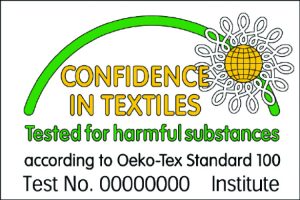
Easy. What you should look for is the Oeko-Tex Standard 100 logo (right) on the packaging. A word of clarification: What you see here is a dummy logo. A real one will have an alphanumeric code at the bottom left corner (as opposed to the zeroes you see here); this code represents the brand or the factory that made the clothes. A real one will also have the name of the testing institute at the bottom right corner.
Let’s now return to the initial question: “Is natural good?”
My answer: Let’s put things to the test. If a piece of “natural clothing” can pass the Oeko-Tex tests, then it’s safe. As far as I know, this is the most credible way in which a clothing consumer can know for sure whether something is safe enough to wear.
“When the Earth is sick and polluted, human health is impossible… To heal ourselves we must heal our planet, and to heal our planet we must heal ourselves” – Bobby McLeod, Activist

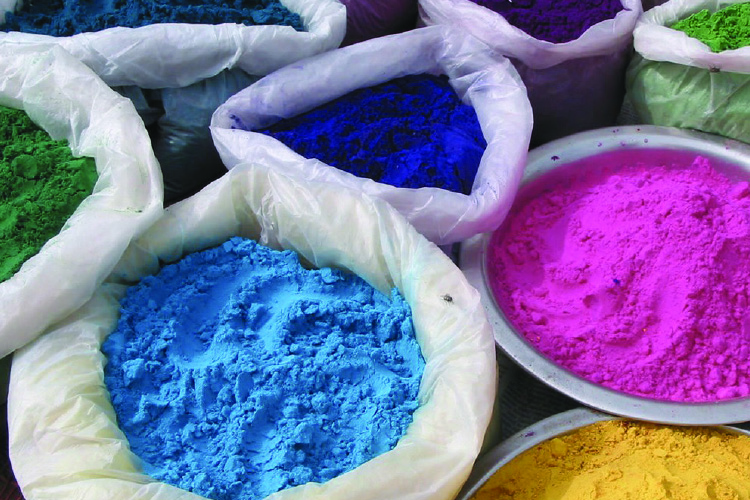
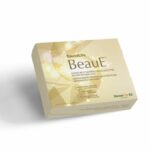



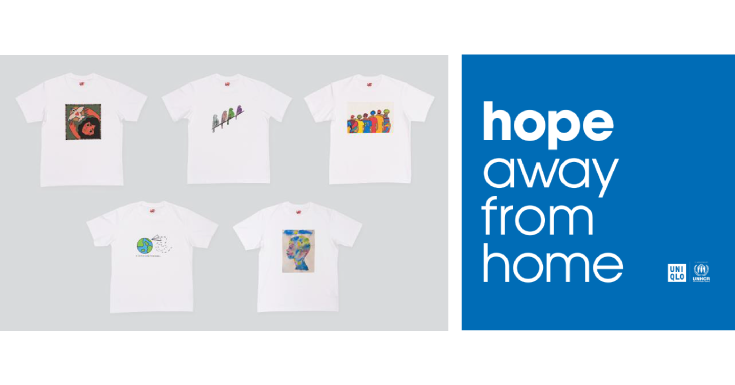



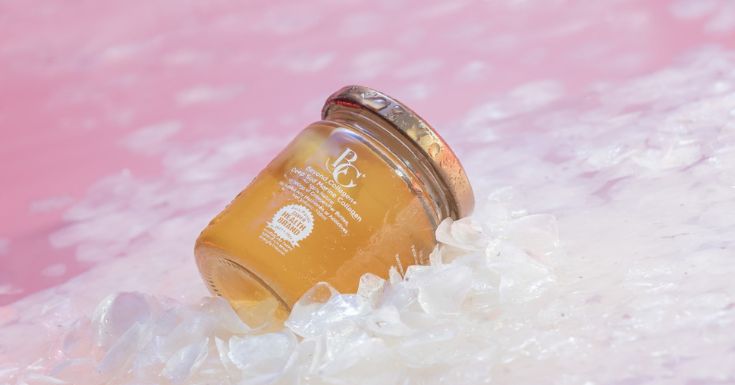
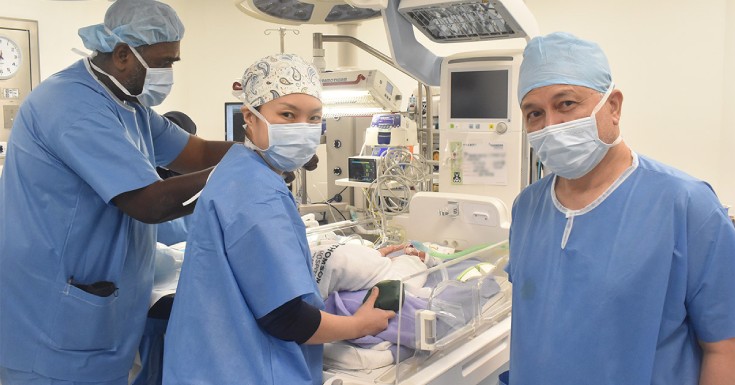
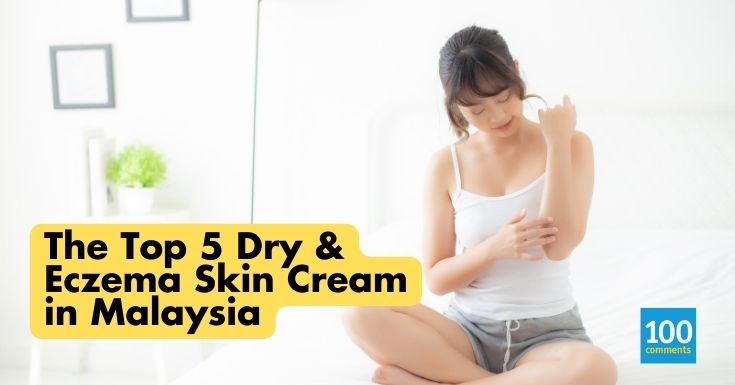

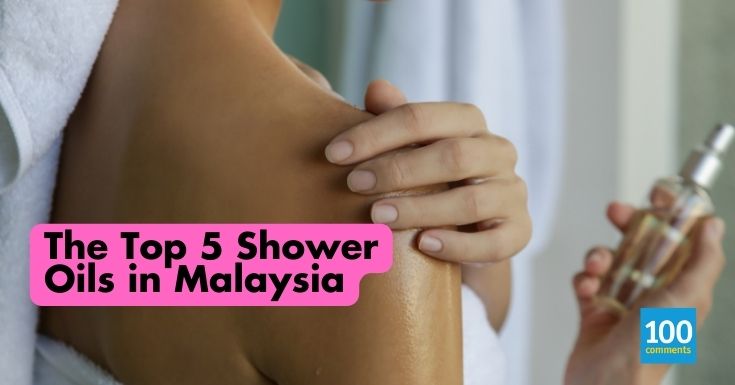






Leave a comment